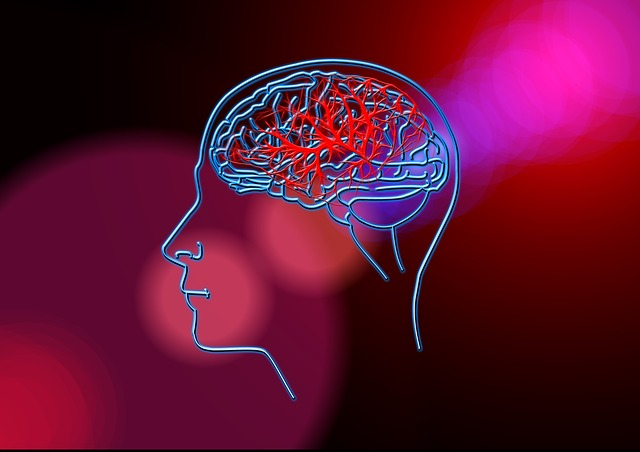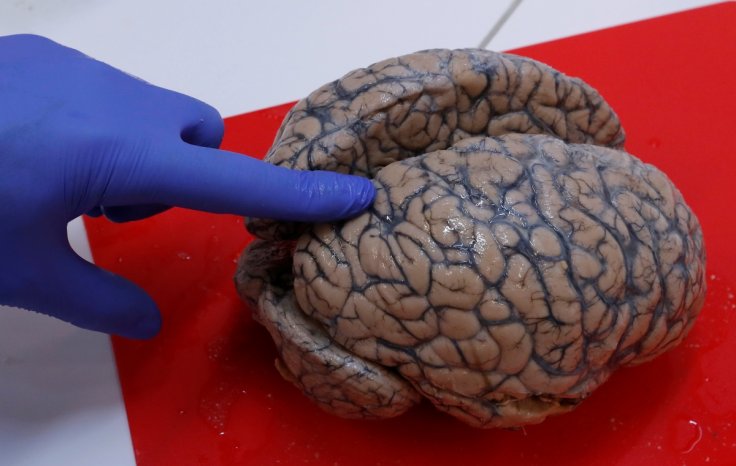Wouldn't the prediction of the exact areas of the brain that may undergo degeneration due to Alzheimer's disease help treat it before it progresses? A new study by researchers from the UC San Francisco Memory and Aging Center claims that imaging the brain for pathological tau-protein accumulation can help identify areas that may undergo degeneration.
According to researchers, the existing treatment for Alzheimer's is aimed at amyloid 'plaques'. It has not been able to provide a clear map of how the degeneration will progress. By studying the tau 'tangles' that drive the disease more directly than amyloid protein—and illustrating the potential of tau-based PET (positron emission tomography) brain imaging technology—the study highlights the possibility of providing personalised care in the future.
"Tau PET imaging predicted not only how much atrophy we would see, but also where it would happen. These predictions were much more powerful than anything we've been able to do with other imaging tools and add to evidence that tau is a major driver of the disease," said Gil Rabinovici, co-author of the study, in a statement.

Looking at tau for solutions as amyloid-centred treatment falls short
What are tau and amyloids? Tau is a protein associated with cell death, while amyloid is an amino acid known for its connection to Alzheimer's disease. Researchers from both the 'camps' have contended about the importance of one over the other. However, the existing amyloid-targeting drugs have at best, yielded mixed results. Also, amyloid plaques are found in the brains of people that do not exhibit any symptoms of the neurodegenerative disease.
During autopsies of Alzheimer's stricken brains, Tau accumulations have been found in exact areas where the atrophy was most extreme. "No one doubts that amyloid plays a role in Alzheimer's disease, but more and more tau findings are beginning to shift how people think about what is actually driving the disease," highlights Renaud La Joie, co-author of the study.
Tracking tau accumulation using new technology
Scientists have developed a new injectable molecule called flortaucipir, which binds itself misfolded tau in the brain. It emits a faint radioactive signal that PET scans can detect. Through this study, the scientists aimed to demonstrate the potential of this technology to perhaps nip the onset of the disease in its bud.
The study
The authors enrolled 32 patients with early clinical-stage Alzheimer's disease. Patients underwent PET scans using separate markers to measure the level of both amyloid protein and tau protein. MRI scans to analyse the structural integrity of the disease were conducted at the beginning of the study and during follow-up visits after one to two years.

They found that the tau levels in the brains of the patients at the beginning of the study predicted the amount of degeneration that would occur between then and the follow-up visit approximately fifteen months later.
It was also found that localised patterns of tau accumulation predicted the eventual atrophy in the exact locations with an accuracy of over 40 percent. Contrastingly, the accuracy was a meagre 3 percent when it came to prediction using baseline amyloid-PET scans.
"Seeing that tau buildup predicts where degeneration will occur supports our hypothesis that tau is a key driver of neurodegeneration in Alzheimer's disease," La Joie said.
Potential to serve as a tool for individualised care
Findings from the study go on to add hope to the potential of various tau-targeting drugs that are under development to arrest this key disease driving biochemical. Along with it, the use of PET scans aimed at tau can help predict the locations of the brain that will undergo degradation due to Alzheimer's. It can help patients understand their condition and its progression.
"Now, for the first time, this tool could let us give patients a sense of what to expect by revealing the biological process underlying their disease," added Rabinovici.
An important criterion in the treatment of Alzheimer's is its varying degree of progress in different individuals. One treatment for all does not hold good here. This is where the PET can aid in determining an experimental treatment that can be aimed at an individual based on the course of degeneration predicted for them, the authors said.
"The ability to sensitively track tau accumulation in living patients would for the first time let clinical researchers seek out treatments that can slow down or even prevent the specific pattern of brain atrophy predicted for each patient," concluded Rabinovici.









